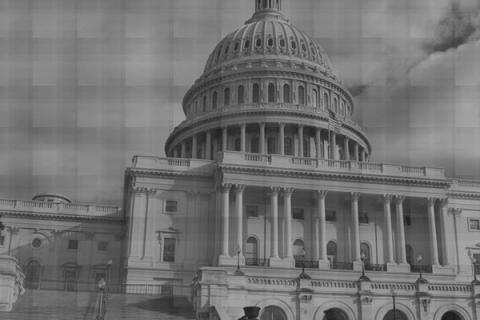The US Chamber of Commerce has released their 'Project, No Project' which details the difficulty that energy projects are having in getting their necessary permits. Surprisingly, this includes renewable energy. They say:
"one of the most surprising findings is that it is just as difficult to build a wind farm in the U.S. as it is to build a coal-fired power plant."
Of the 351 projects they surveyed, 31 are in California with 19 of those being wind farms, solar, biomass, and geothermal renewable energy plants. The others are transmission lines (which are crucial if California is going meet the 2020 goal of 33% renewable energy) and natural gas. The Chamber says if all the California projects were approved, it would create 141,000 jobs annually and boost the economy with $60 billion in spending. This would certainly help the state recover from its current recession.They see the problem as twofold.
First, often the very same renewable energy activists who champion its use worldwide organize effectively to block such projects when they are planned locally. These are the familiar NIMBYs (Not In My Back Yard) who may favor wind turbines in theory but never want to actually look at one, especially not where they live. Some of the most pitched battles in California have been against proposed transmission lines. But to have a viable renewable energy network in California, such transmission lines have to be built and they must go through wilderness and deserts. Solar power and wind farms are generally installed in remote locations, and they need adequate transmission lines. There's no way around this. Renewable energy is mostly generated in rural areas and it has to be sent to the cities. Small-scale solar and wind on buildings in urban areas would certainly help here. But could it generate the gigawatts of power needed? Besides, small-scale renewable energy on a mass urban scale would require an ungraded grid too.
The second problem is an interminable regulatory process where projects often need approval from multiple federal, state, and local agencies, all of whom have masses of laws and regulations, some of which may be conflicting or contradictory. Wading through all this can take years, and can doom a project, especially when NIMBYs game the system by filing numerous actions. Most everyone agrees our regulatory system is ponderous and counter-productive. It needs to be replaced with a unified system with clear objectives where projects get accepted or rejected quickly. We certainly need regulation, but it needs to be smart and efficient.
California is currently mired in a bad economic downturn. Approval of these energy projects would certainly boost the economy, especially as they would mostly be sited in rural areas which have been even harder hit than the cities. There's a multiplier effect here that's important. A big project in a remote area means the little towns nearby suddenly have a boost in business as workers come in to shop, sleep in rented homes, and spend money locally. Everyone wins.
California is both a worldwide leader in renewable energy and is also known for having impenetrable thickets of regulations. This is contradictory. If we work at streamlining (not easing) regulations in the same way we create renewable energy technologies, we can solve these regulatory problems quickly.

